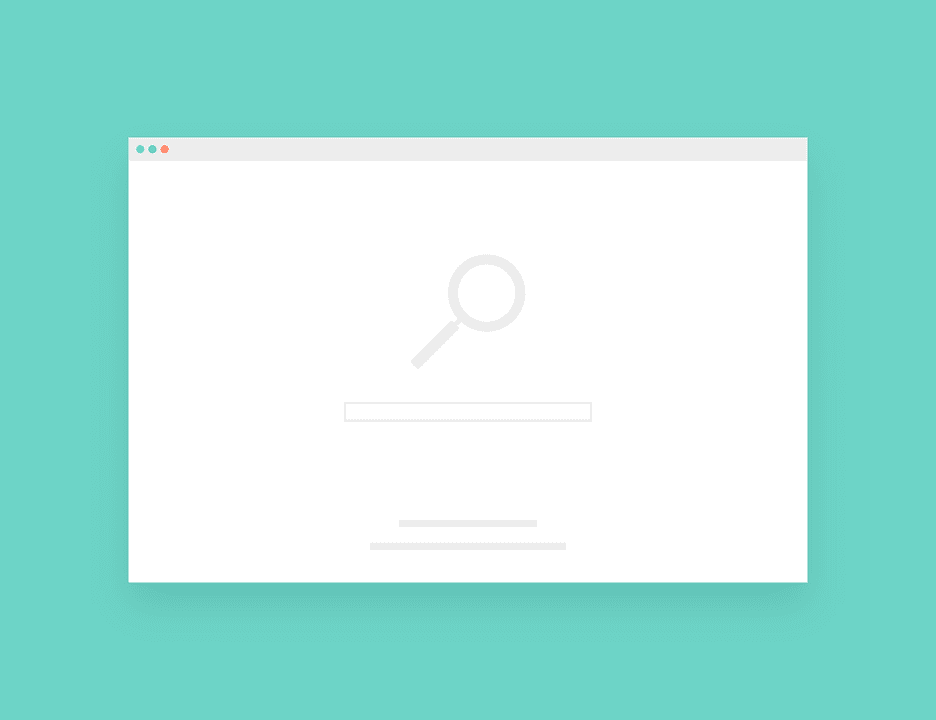Any person who owns or patronizes a business will tell you that companies change over time. What was once popular is now obsolete, and what was non-existent is suddenly a thriving business model. The same can also be said for how companies advertise.

(Pixabay / janjf93)
In past years, to get your brand known, you needed to advertise via print ads and newspapers. If you had money to burn, a radio advertisement could land you a lot of additional sales. These were the best methods at the time, but now the internet rules the day and search engine rankings are the new king.
The Power of Search Engines
Whether people are looking for a website, directions to their favorite restaurant, or an item to buy, search engines have become the go-to hub. This means that if you want your brand to be known, you will have to ascend to top rankings. The majority of people prefer Google, and statistics show that the websites that appear at the top of a Google search are the ones that get the most traffic to their websites, and traffic = sales.
To make it to the top of the search results, you can look to either organic or paid search. Both have their pros and cons, and, as a business owner, it is important for you to know the difference between the two.
Organic vs. Paid
Search engine optimization is the practice of getting your website to show up at the top of organic/natural (non-paid) search results. To conquer organic search results you either need time or money, because it is a lot of work to produce the quality content that you need to feed to search engines to establish yourself as an expert in your field.
Paid search, as the name implies, is paying to get the top spot. If you’ve ever gone on Google to search for a particular keyword, you may have seen that the very top result has a small “ad” icon next to it. Most people don’t pay much attention to that little logo and click on the first thing they see when the results pop up. Paid advertising puts you at the top of the food chain quickly, but in order to stay there, you have to keep paying. As soon as you stop paying for that service, potential customers will stop seeing your brand in the lead position. In the event of heavily contested keywords, the price can be very high.
There are inherent pros and cons between both methods, and, as a business owner, you will need to consider which one to invest in. Doing both at the same time doesn’t necessarily yield better results, but mixing and matching both in various stages can produce higher rankings.